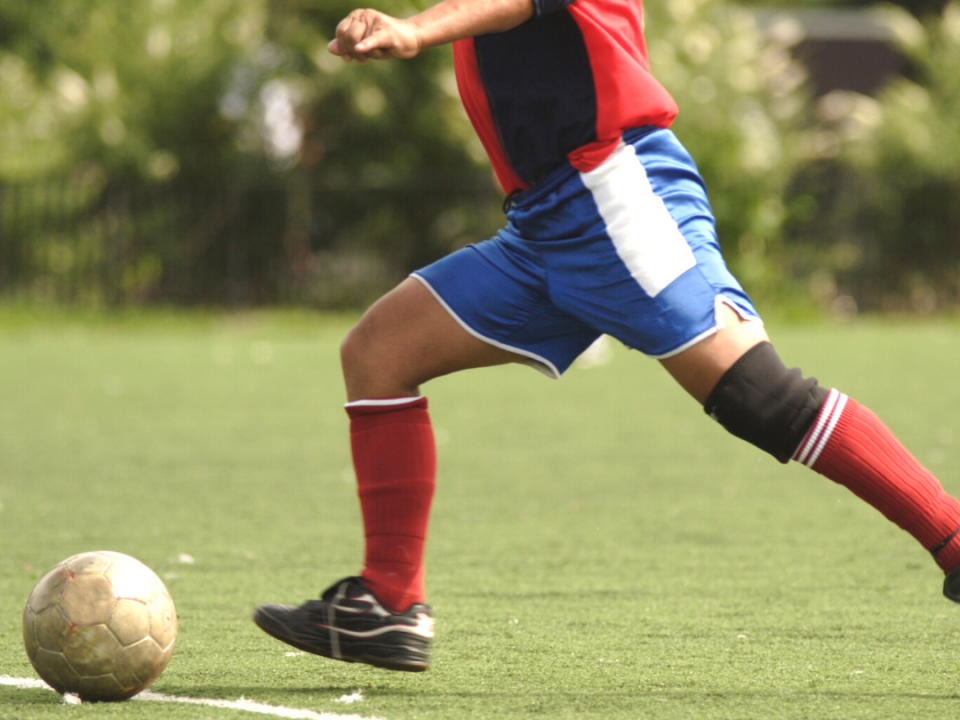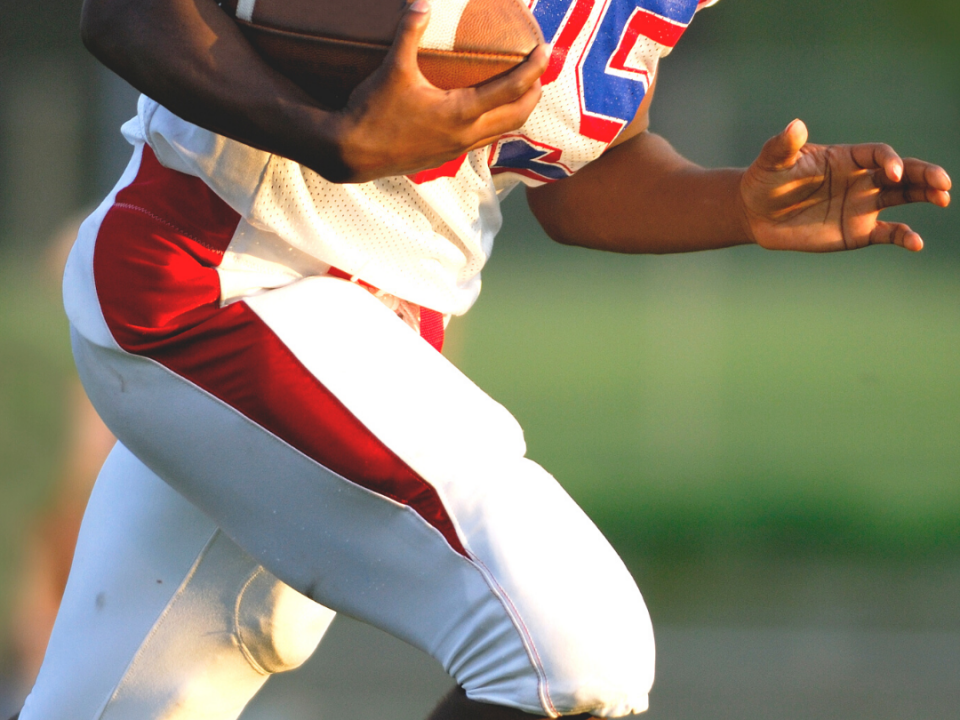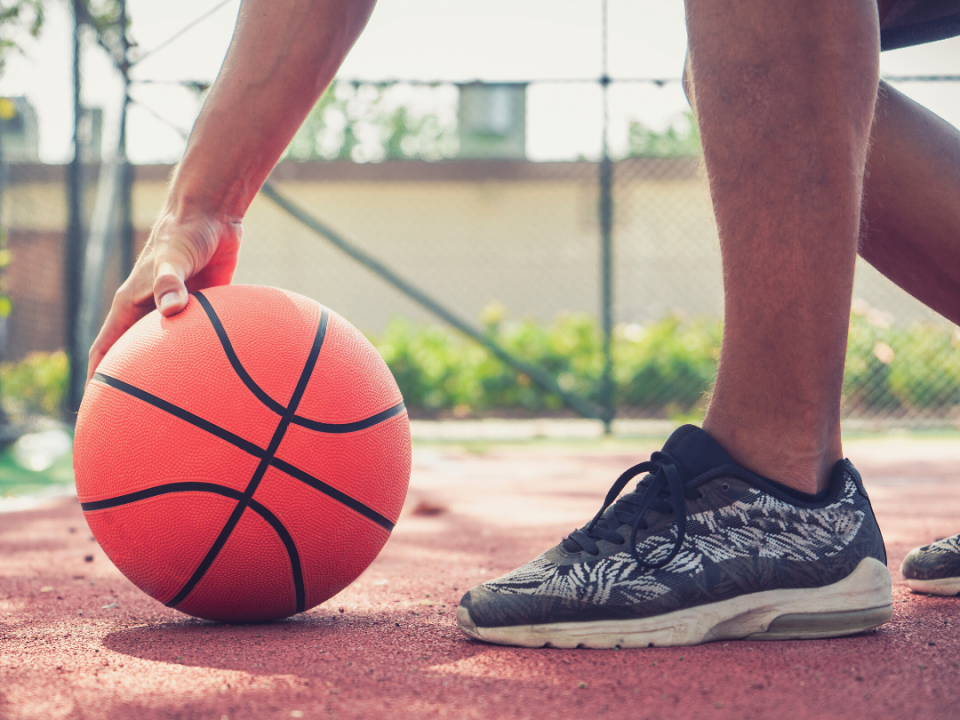
Fractured Kneecap Ends Basketball Season
March 23, 2010
Super Bowl May Hinge On Ankle….
April 6, 2010An exponential improvement in our understanding of the hip joint and our ability to both diagnose and treat hip pain has occurred in the past few years. We are seeing more and more professional athletes seeking evaluation and treatment of disabling hip pain, recently including the likes of all-star Chicago Bears punter Brad Maynard, Arizona quarterback Kurt Warner, Yankee’s third baseman Alex Rodriguez, and Mets first baseman Carlos Delgado.
The most common cause for disabling hip joint pain in the athletic population is secondary to labral tears. The labrum is a fibrous structure that surrounds the rim of the hip socket (“acetabulum”) and has an important sealing function that protects the cartilage layers of the hip like a “gasket seal.” Labral tears typically are the result of some underlying traumatic event such as a hip subluxation or dislocation in contact athletes, or due to underlying bony abnormalities in which an “out-of-round” femoral head (“cam lesion”) or over-covered socket (“rim lesion”) pinch and damage the labrum when the hip is certain positions during athletic activities. Mechanical symptoms and restricted range of motion are oftentimes present. Pain with flexion, internal rotation, and adduction (impingement position) is present in the majority of athletes with this condition.
The diagnosis of hip impingement and labral tears can be made on physical examination and is usually confirmed with magnetic resonance and/or computed tomography imaging studies. Recent advances have allowed the vast majority of these conditions in athletes to be managed arthroscopically through minimally invasive, “camera-based” surgery. The surgical goal is to repair the torn labrum if it is in good condition or trim the minimum amount possible to minimize disruption of the seal. The abnormal “extra bone” on the ball and or “socket” is also precisely trimmed to restore normal motion of the ball-and-socket joint in all positions required for athletic activity so that recurrent labral tears and cartilage injury to the joint do not occur. Hip arthroscopy, however, is a challenging surgery with a significant learning curve. It is important that you seek counsel from a sports medicine specialist who takes care of athletic hip injuries if you suspect that you have a labral injury and/or impingement that is limiting your ability to participate in sports.
